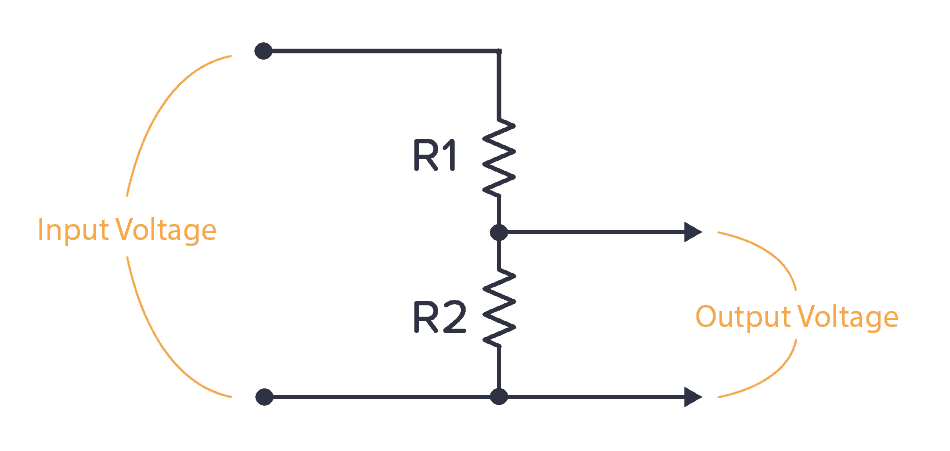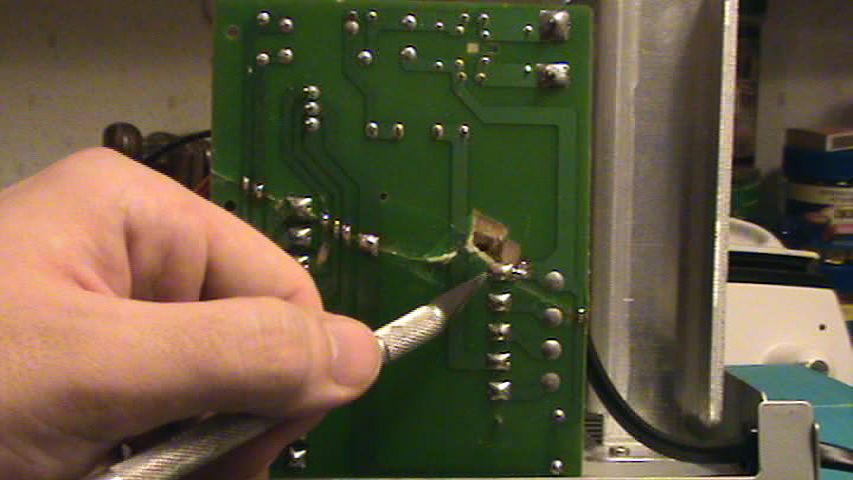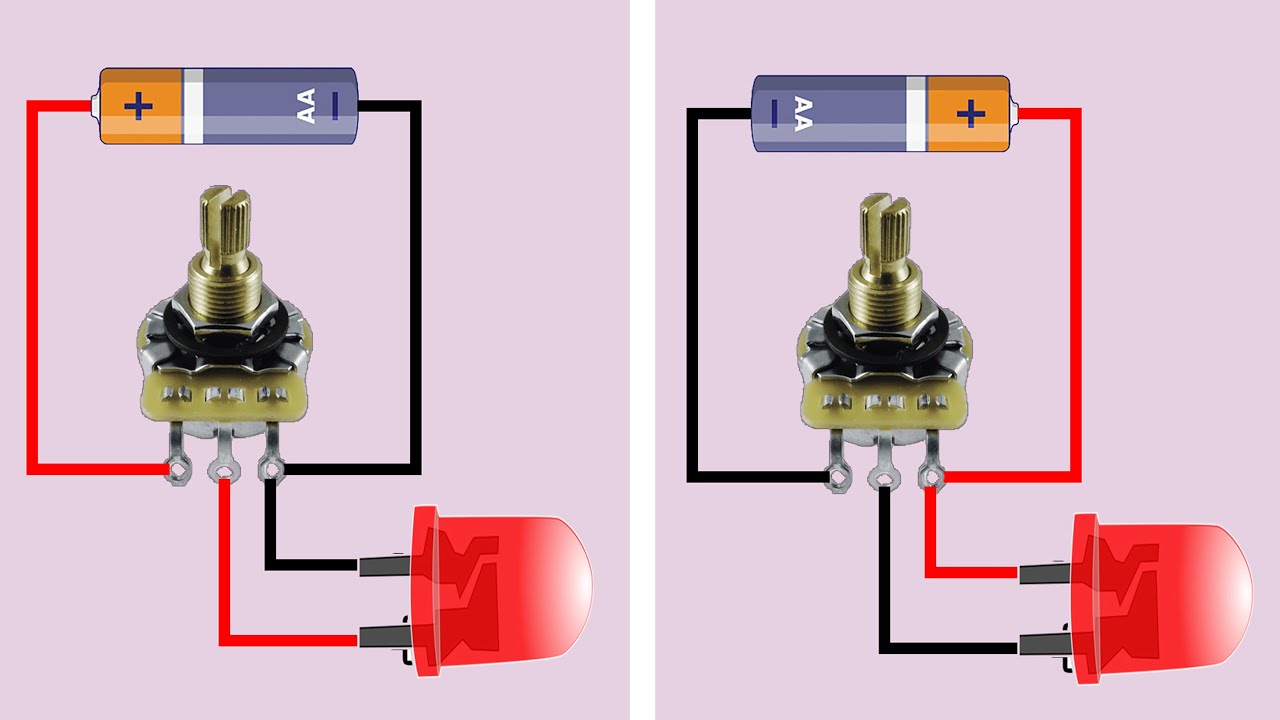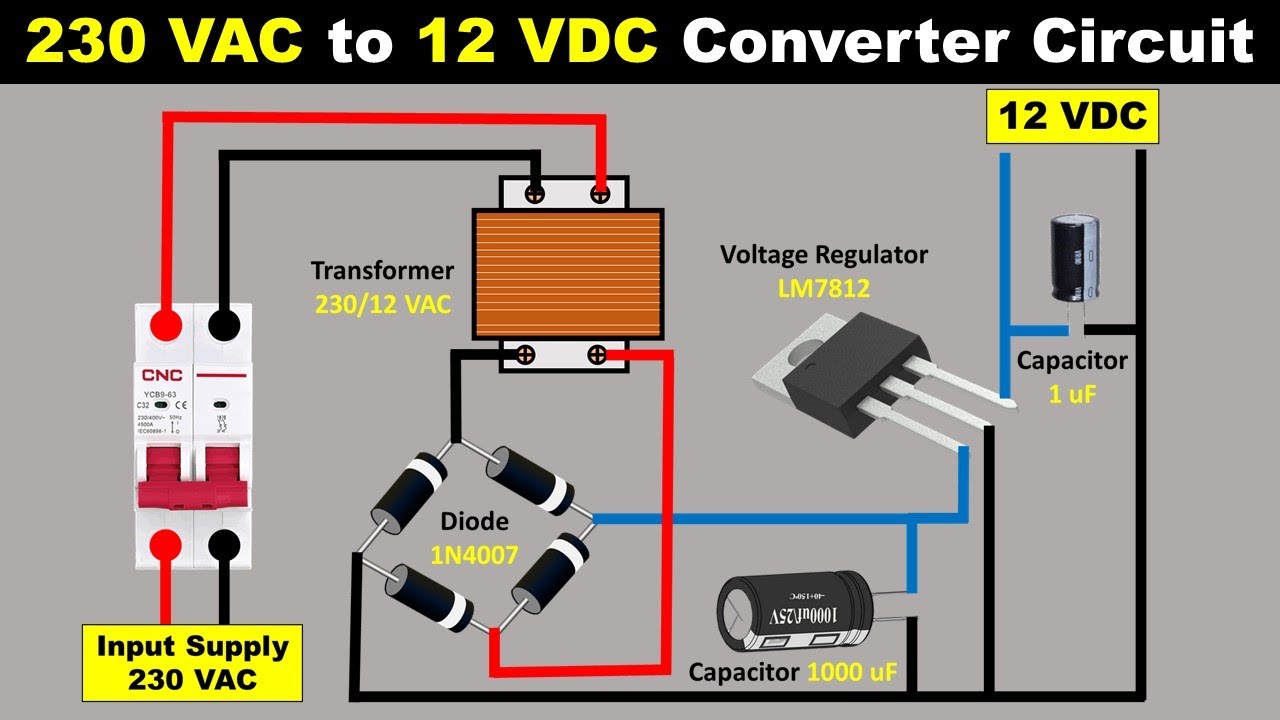How to Design a Simple Voltage Divider
When it comes to electronics, one of the most basic circuit components is the voltage divider. This simple circuit allows you to divide a voltage into smaller parts, which can be incredibly useful in a variety of applications. If you want to learn how to design a simple voltage divider, you’ve come to the right place. In this article, we’ll walk you through the steps of creating your own voltage divider. Let’s get started!
What is a Voltage Divider?
A voltage divider is a basic circuit that consists of two resistors connected in series. When a voltage is applied across the two resistors, the circuit divides the input voltage into two smaller voltages. The output voltage across one of the resistors is determined by the resistance values of the two resistors and the input voltage. Voltage dividers are commonly used in electronics for a variety of purposes, such as setting reference voltages, biasing transistors, and adjusting signal levels.
Designing a Voltage Divider
Designing a voltage divider is a straightforward process that only requires a few basic calculations. To get started, you’ll need to determine the desired output voltage and the input voltage of your circuit. You’ll also need to choose the resistance values of the two resistors in the voltage divider. The output voltage across one of the resistors can be calculated using the voltage divider formula:
Vout = Vin * (R2 / (R1 + R2))
Where:
- Vout is the output voltage across one of the resistors
- Vin is the input voltage of the circuit
- R1 is the resistance of the first resistor
- R2 is the resistance of the second resistor
Example
Let’s say we have an input voltage of 12 volts and we want an output voltage of 6 volts. To achieve this, we can use two resistors with resistance values of 10k ohms and 20k ohms. Plugging these values into the voltage divider formula, we get:
Vout = 12 * (20 / (10 + 20))
Vout = 12 * (20 / 30)
Vout = 12 * (2/3)
Vout = 8 volts
So, by using a voltage divider with resistors of 10k ohms and 20k ohms, we can generate an output voltage of 8 volts from an input voltage of 12 volts.
Conclusion
Designing a simple voltage divider is a useful skill to have in electronics. By understanding the basic principles and calculations involved, you can create voltage dividers for a wide range of applications. Whether you’re looking to set reference voltages, bias transistors, or adjust signal levels, a voltage divider can be a handy tool in your electronics toolbox. So, roll up your sleeves, grab your resistors, and start designing your own voltage dividers today!
How to Design a Simple Voltage Divider
When it comes to electronics, one of the most basic circuit components is the voltage divider. This simple circuit allows you to divide a voltage into smaller parts, which can be incredibly useful in a variety of applications. If you want to learn how to design a simple voltage divider, you’ve come to the right place. In this article, we’ll walk you through the steps of creating your own voltage divider. Let’s get started!
What is a Voltage Divider?
A voltage divider is a basic circuit that consists of two resistors connected in series. When a voltage is applied across the two resistors, the circuit divides the input voltage into two smaller voltages. The output voltage across one of the resistors is determined by the resistance values of the two resistors and the input voltage. Voltage dividers are commonly used in electronics for a variety of purposes, such as setting reference voltages, biasing transistors, and adjusting signal levels.
Designing a Voltage Divider
Designing a voltage divider is a straightforward process that only requires a few basic calculations. To get started, you’ll need to determine the desired output voltage and the input voltage of your circuit. You’ll also need to choose the resistance values of the two resistors in the voltage divider. The output voltage across one of the resistors can be calculated using the voltage divider formula:
Vout = Vin * (R2 / (R1 + R2))
Where:
- Vout is the output voltage across one of the resistors
- Vin is the input voltage of the circuit
- R1 is the resistance of the first resistor
- R2 is the resistance of the second resistor
Example
Let’s say we have an input voltage of 12 volts and we want an output voltage of 6 volts. To achieve this, we can use two resistors with resistance values of 10k ohms and 20k ohms. Plugging these values into the voltage divider formula, we get:
Vout = 12 * (20 / (10 + 20))
Vout = 12 * (20 / 30)
Vout = 12 * (2/3)
Vout = 8 volts
So, by using a voltage divider with resistors of 10k ohms and 20k ohms, we can generate an output voltage of 8 volts from an input voltage of 12 volts.
Conclusion
Designing a simple voltage divider is a useful skill to have in electronics. By understanding the basic principles and calculations involved, you can create voltage dividers for a wide range of applications. Whether you’re looking to set reference voltages, bias transistors, or adjust signal levels, a voltage divider can be a handy tool in your electronics toolbox. So, roll up your sleeves, grab your resistors, and start designing your own voltage dividers today!



